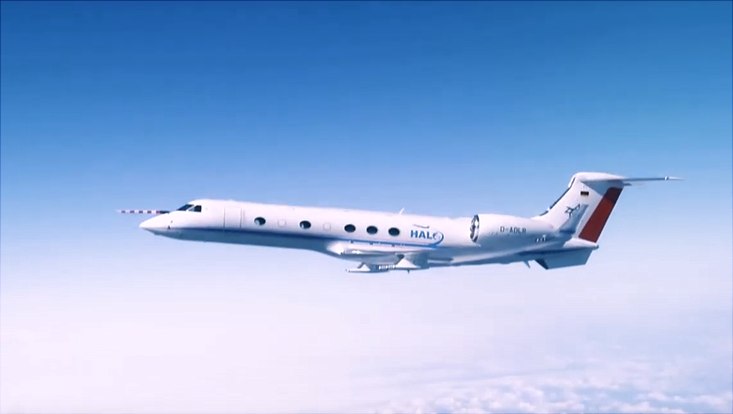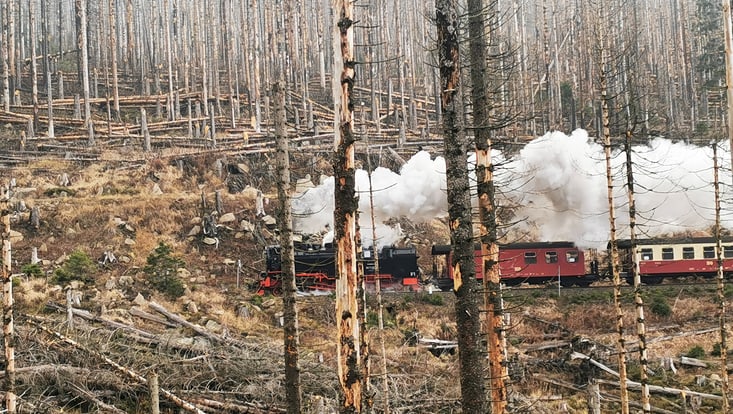Dramatic warming in the Arctic – HALO-(AC)3 field campaign investigates a worrying phenomenon
18 March 2022, by HALO-Team

In mid-March 2022, the large-scale international HALO-(AC)3 research campaign will begin investigating transformations of air masses in the Arctic. Three German aircraft will be deployed, scientists from the UK and France will also be involved during joint flights with two further aircraft. The team of researchers will be focusing particularly on northwards-flowing warm air reaching into the central Arctic, which are often called warm air intrusions. The counterpart, cold air outbreaks with southwards-moving cold air from the Arctic, will also be investigated. The goal is to investigate the processes causing the above-average increase in temperatures in the Arctic during the last decades. At two to three degrees Celsius over the last 50 years, this increase is much larger than the warming that has taken place in other regions on Earth. This phenomenon is referred to as Arctic amplification. The effects of this increase in temperature are not limited to the climate system in the Arctic, but are suspected to modify the regional weather in the mid-latitudes, as well. Thus, the HALO-(AC)3 campaign aims to contribute to a better understanding of the processes behind the dramatic climate changes that are currently taking place in the Arctic. During the first measuring flights since 12 March 2022 a massive warm air intrusion into the Arctic has been observed. At this event, several unusual phenomena have been detected, such as heavy rain over sea ice and massive clouds, reaching almost as high as in the tropics. With the arrival today of further research aircraft, planned coordinated measurement flights will begin on 19 March 2022, to better understand the complexity of these events.
The Hamburg-based researchers’ focus is on the role of water vapor in Arctic warm-air intrusions and cold-air outbreaks. By combining vertical profiles created with the aid of airborne-released dropsondes and data from a cloud radar system and microwave radiometers, their goal is to quantify atmospheric water-vapor transport and assess its influence on cloud formation.
For this purpose, the Hamburg-based team will take part in the entire six-week campaign, with rotating team members. “Years of work went into preparing all the instruments and analytical programs. Now we’re finally getting started and we hope to survey as many weather systems as possible in the target area, which lies north of Kiruna,” reports Henning Dorff from the University of Hamburg’s Meteorological Institute. The team will be led by Prof. Felix Ament and supported by Maximilian Ringel, who will also directly apply the data to his master’s thesis on the ice content of clouds. Their findings will help to understand how transported moisture transforms into clouds and precipitation in the Arctic, and to more accurately reflect these processes in climate models.
Press contacts
Jörg Schmidt, Marlen Brückner, Anja Schwarz
Head of communication
Universität Leipzig, Institut für Meteorologie (LIM)
+49 341 97-36651
info@halo-ac3.de
Press Contacts
Jörg Schmidt, Marlen Brückner, Anja Schwarz
Head of communication
Universität Leipzig, Institut für Meteorologie (LIM)
+49 341 97-36651
info@halo-ac3.de


